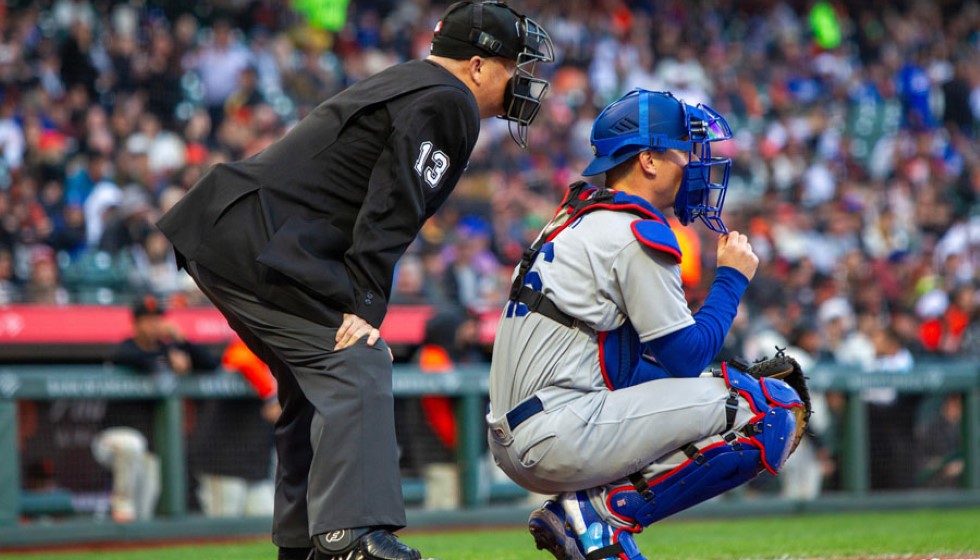
Mike Marshall’s 1974 Reliever Feat Remains Unmatched
It has been nearly half a century since Mike Marshall etched his name into the annals of Major League Baseball history with a 1974 season that defies modern norms. Marshall, a right-handed pitcher known for his durability, won the National League Cy Young Award by logging an incredible 200 innings in relief—a feat that remains unparalleled. This extraordinary accomplishment proved that relievers could not only contribute significantly but could also dominate in a domain traditionally dominated by starting pitchers.
Trailblazers in Relief Pitching
Marshall’s precedent-setting performance in 1974 laid the groundwork for future relievers to be recognized in a category where starters once exclusively reigned. Just three years later, Sparky Lyle claimed the 1977 American League Cy Young Award, reinforcing the idea that elite relief pitching could shape the dynamics of baseball’s highest individual pitching honors.
The trend continued with Bruce Sutter’s 1979 NL Cy Young victory. Known for his devastating split-finger fastball, Sutter established himself as one of the era's most formidable closers. Rollie Fingers further cemented the legacy of dominant relievers by securing both the AL MVP and Cy Young awards in 1981, backed by his 78 innings pitched.
The Dual Dominance of Hernandez and Eckersley
Willie Hernandez showcased his remarkable prowess in 1984, claiming both the AL MVP and Cy Young awards. His standout season included a 1.92 ERA across 140 1/3 innings pitched, an impressive mark for any pitcher, let alone a reliever. Dennis Eckersley achieved both awards in 1992, becoming the last reliever to win the MVP title with 80 innings of relief work, reinforcing the impact a powerful bullpen presence can have on the game.
Steve Bedrosian and Mark Davis are other notable relievers who did not win MVPs but made significant Cy Young runs. Bedrosian clinched the 1987 NL Cy Young Award with 40 saves in 48 opportunities and 89 innings pitched, while Davis took the NL Cy Young title in 1989 with 44 saves in 48 chances, pitching 92 2/3 innings.
The Modern Landscape of Elite Closers
Fast forward to the modern era, and the concept of an elite reliever remains vibrant, albeit with fewer Cy Young recognitions. Eric Gagne, who won the NL Cy Young Award in 2003, remains the last reliever to earn this prestigious accolade. The subsequent years have seen bullpen cornerstones like Craig Kimbrel and Aroldis Chapman emerge, maintaining the high standards set by their predecessors.
Kimbrel, ever reliable since being drafted as a reliever, did not start a single game in the minors until a rehabilitation stint in 2016—a testament to his specialized role and effectiveness out of the bullpen. Chapman’s transition to the bullpen in 2010 brought him into the elite circle of relievers celebrated for their overpowering performances.
Emmanuel Clase: A New Reliever Star
Recently, Emmanuel Clase has made a case for himself as one of the game’s top closers. Clase saved 38 games in 41 chances, a conversion rate that speaks volumes about his reliability and skill. With an astonishing 0.59 ERA and a 0.67 WHIP, Clase’s numbers have captured the attention of baseball insiders and fans alike. Over 61 1/3 innings, he recorded 53 strikeouts and only seven unintentional walks, making for one of the most efficient reliever seasons in recent memory.
Comparisons and Expectations
Though impressive, Clase's achievements position him behind some AL pitcher WAR leaders like Tarik Skubal, Erick Fedde, Tyler Anderson, and Cole Ragans. Fedde has since transitioned to the National League, while Skubal is expected to approach the rest of the season with caution. Anderson, with his 4.46 FIP and 1.23 WHIP, and Ragans, expected to continue his strong showings despite recent injury setbacks, represent the dynamic challenges Classe faces in his quest for recognition in a starter-favored paradigm.
Although the recognition of relievers for awards like the Cy Young has diminished since the days of Marshall, Lyle, Sutter, and Eckersley, the likes of Kimbrel, Chapman, and Clase remind us that bullpen anchors continue to play an essential role in baseball's evolving narrative.